Here’s a boat type one doesn’t see too often these days. It’s a modest-sized outboard designed not as a center-console but instead with a small cabin that will accommodate the adventurous camp-cruiser. For the less ambitious, it’s a boat that offers a place to have a nap, use the head in privacy, or take friends and family to a favorite beach, island, or fishing spot. Given its varnished cabin sides and shapely hull, it’s just the sort of craft that stops dock strollers in their tracks as they say: “Now what is that!”This is really a boat that belongs to another era but one that, for several reasons, is well worth another look today. Plan Number 283 was developed by Samuel Sturgis Crocker in 1954. Crocker, a naval architect who trained at the Massachusetts Institute of Technology, was then 63 years old and well on his way to a portfolio that would eventually number 344 designs. While sailors most often associate Sam Crocker with his stout and able cutters and ketches, the designer himself enjoyed smaller boats very much. “Sam was more a daysailor and racer,” said his grandson, Skip, who is now the proprietor of Crocker’s Boat Yard, which his father founded in 1945 in Manchester-by-the-Sea, Massachusetts. “He loved being out on the bay. It didn’t matter how far off another sailboat was. He was racing it.” Sam Crocker’s design No. 283, developed in 1954, is a 19′6″ outboard-powered runabout. The boat is built of pine strip planks, with cabin and trim of mahogany.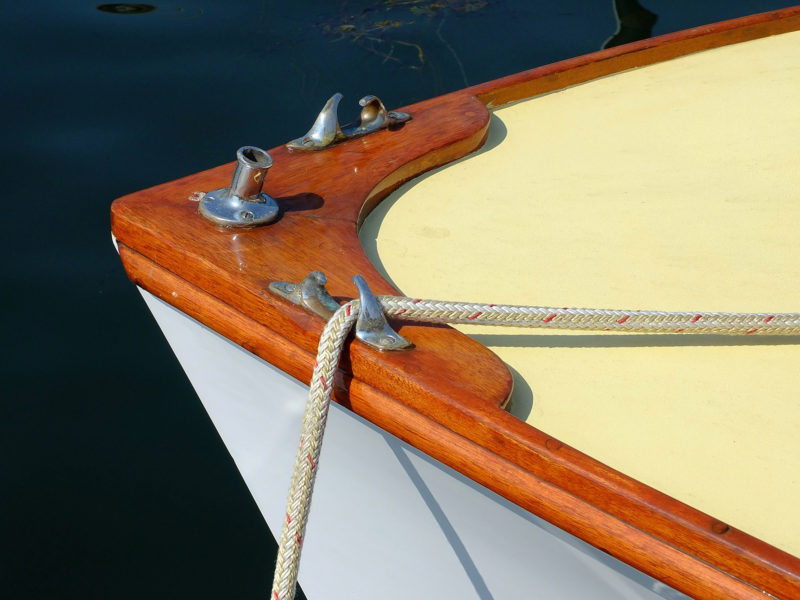
Join The Conversation
We welcome your comments about this article. To include a photo with your remarks, click Choose File below the Comment box.
Comments (8)
Comments are closed.

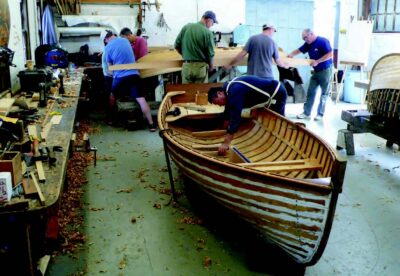
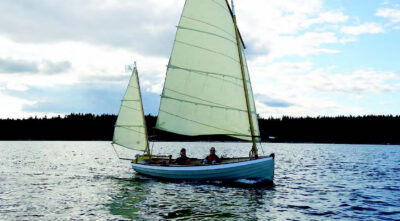
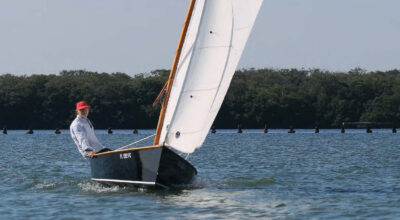
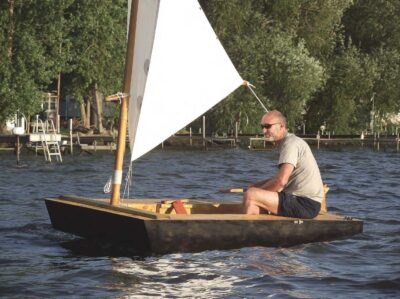
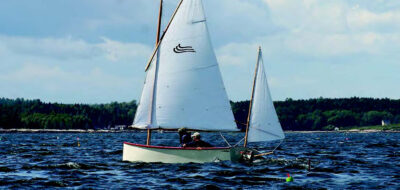
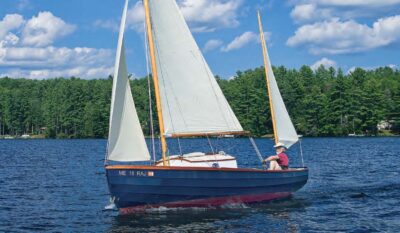
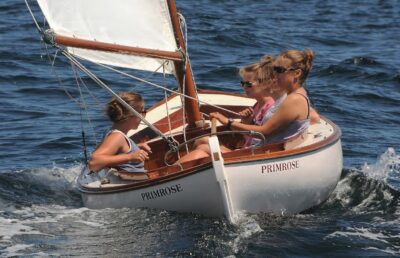
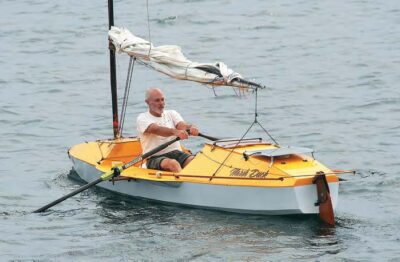
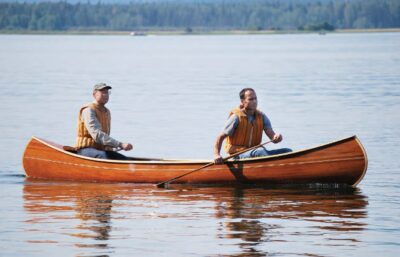
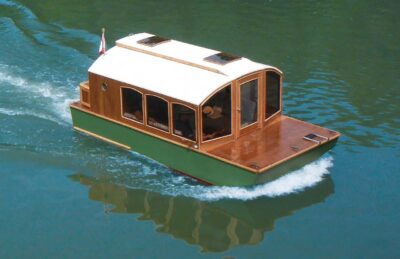
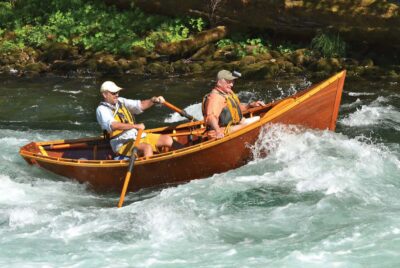

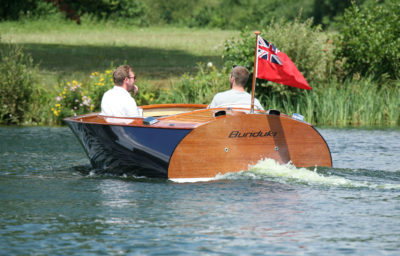
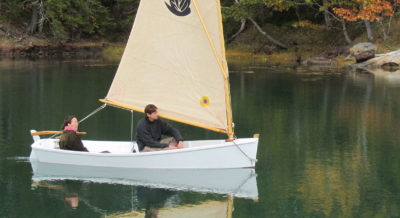
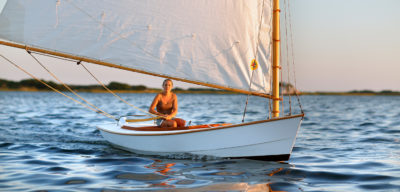


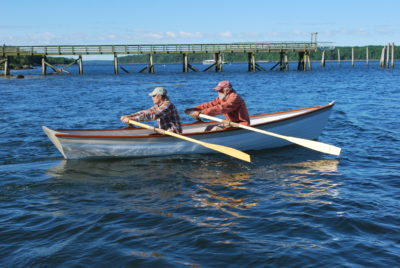
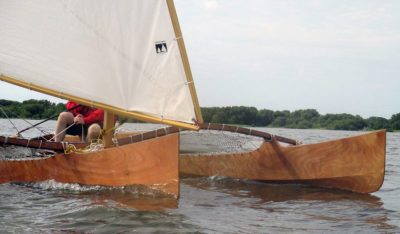
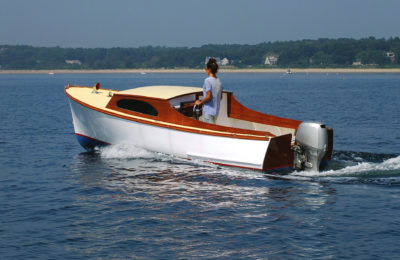
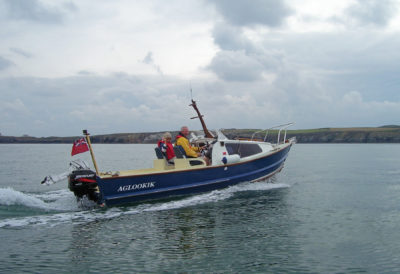
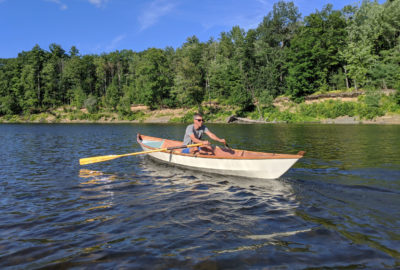
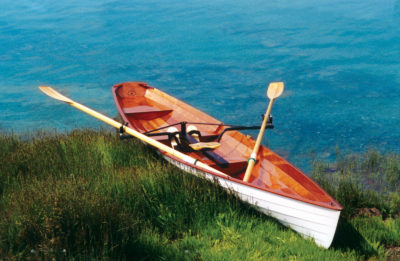
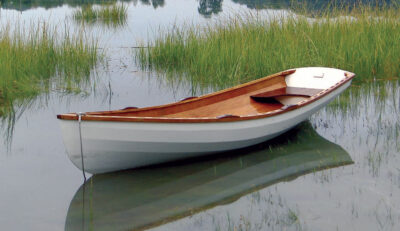
I think I’d go smaller with an outboard in the 15 to 25 hp range. It was designed for a slower hull speed, so why force it faster?
I’m currently building a strip built hull and I found a 23 ga. pin nailer that uses stainless steel pins. I’m edge nailing 3/8″ strips and it is working out well. For a boat using 3/4 x 3/4″ strips I think I would use 18 ga. brads (stainless) 1 1/2″ in length. It really speeds up the process.
Great looking boat in any event! So many great designs and so little time (and money)!
Cheers, Ray
Nice looking boat. I think about the only changes that I would make would be to add a
short windshield and some nice wood hand/safety rails on the cabin roof.
Absolutely charming and functional.Add hand rails along with a folding mahogany windshield could be an option I would include. Vonderful vessel.
very nice looking. But why do you not provide performance figures with her 50hp motor?
While we try to provide a thorough review of the boats we profile, we are limited by the outfitting of the boats and the conditions on the water at the time our reviewers are conducting trials.
Christopher Cunningham, Editor
I would pass on the windshield and use canopy cover with clear inserts. Reason: The suction of air would pull exhaust into the helm and cabin. It would require and intake of air in the bow to off set the suction. Winter boating would be cold. Water spray would be another reason to think an opening in the bow area. I would pop for two motors on the rear with jack plates with remote control to raise and lower engines for shallow water. (What about a tunnel hull?). Add rod holders and rod storage. Lets not forget VHF for communications
This is a good example that you don’t need a big expensive boat to cruise and have fun. We
have used our Redwing 21 to cruise Chesapeake Bay, Rideau Canal Canada, Parts of Missouri
River, Flaming George , Utah, Yellowstone Lake in the National Park. More trips planned.
Thanks for sharing. CV
While you could glitz this boat up with all sort of “sometimes” useful doo-dads…this is what small boat cruising is all about. Simplicity. Great looking boat there!